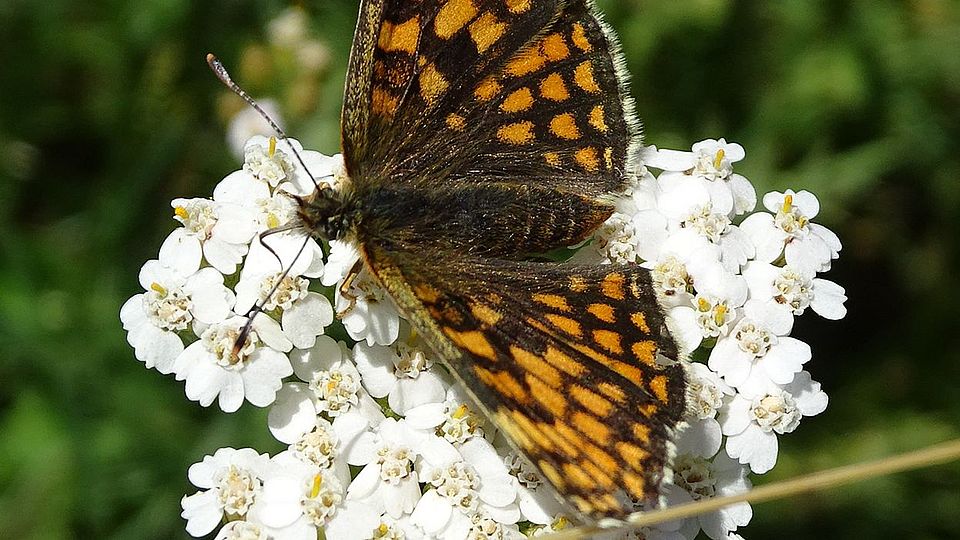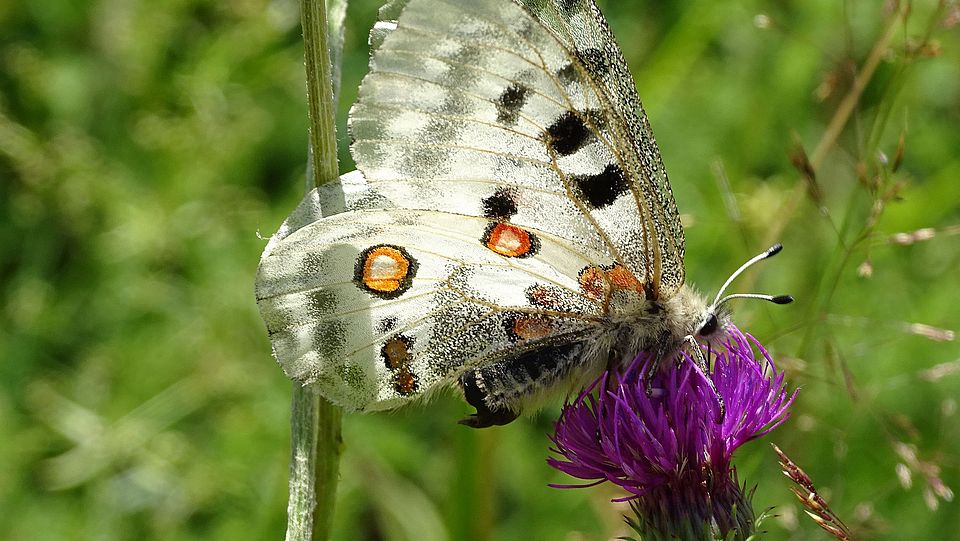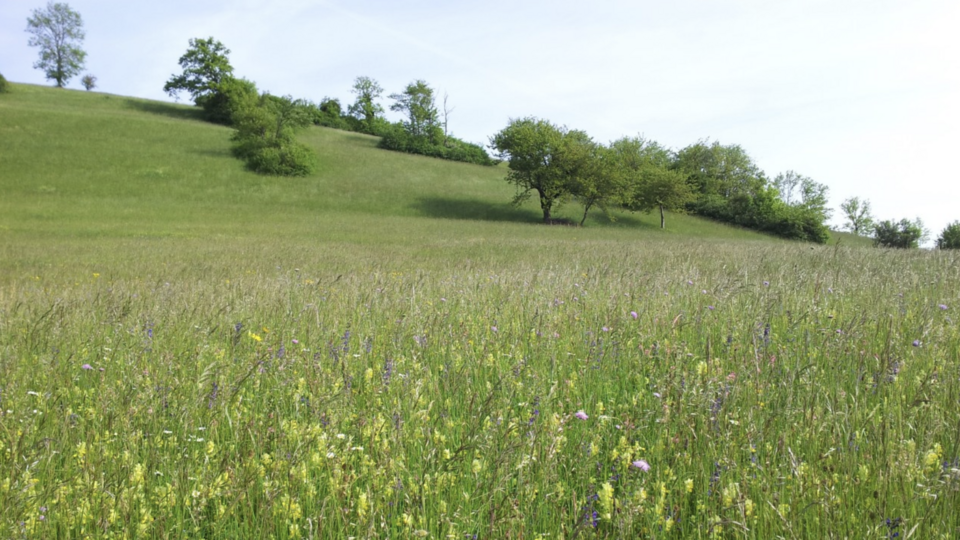Causes of decline in rare plants of calcareous grasslands and recommendations for their management
Calcareous grasslands are among the most species-rich habitats of Europe. Their occurrence has declined since the beginning of the green revolution as many of them were transformed into intensively farmed meadows or fields. The region of northwestern Switzerland has still a remarkable number of remnants, though census data collected since the 1950s document the decline or local extinction in a number of flowering plants in them, especially in the more fragmented remnants. This trend suggests that despite the currently high protection status calcareous grasslands have and management efforts to maintain species diversity, many plants do not benefit from these conservation measures.
The goal of the study is to assess the change in the vegetation of the remnants over time and understand the important drivers, including eutrophication, climate change, and management schemes. Furthermore, the project will assess why some outcrossing, insect-pollinated plants have continued declining.
Current project of: Jasmin Lepper, supported by Ursina Studer and Leo Amrein
Grant by Aptenia Foundation



